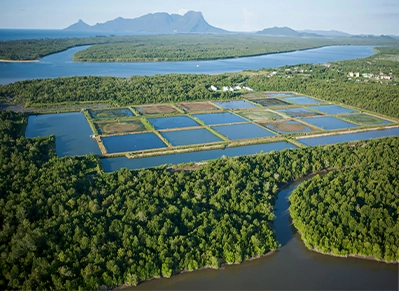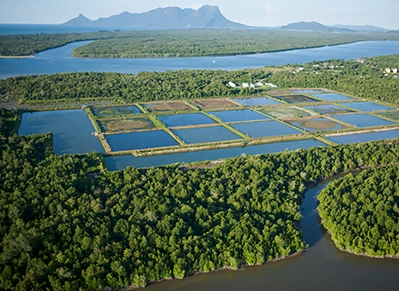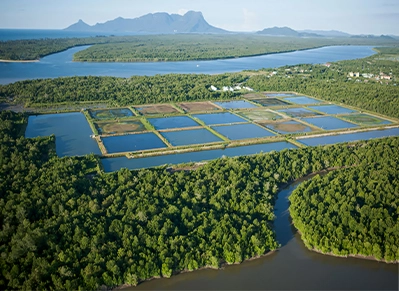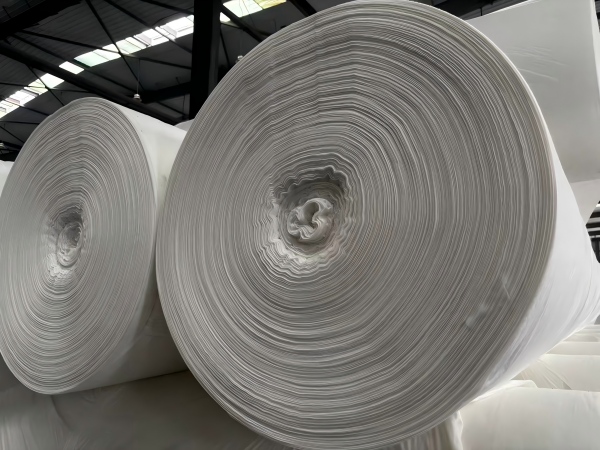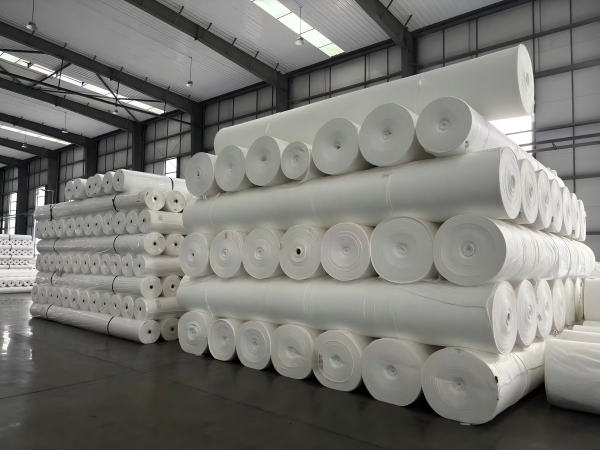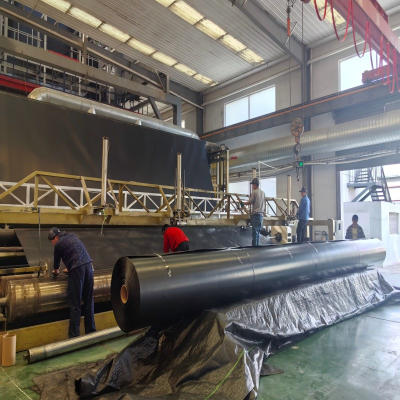How to Choose Geotextile for Driveway: A Comprehensive Guide
Let's be honest, building a driveway isn't exactly fun. It's a lot of hard work and a significant investment. So the last thing you want is to see your beautiful new gravel drive turn into a rutted, weedy mess after one season. We learned this the hard way on our first project. The secret to avoiding this headache? It’s all in the foundation, specifically, choosing the right geotextile for driveway longevity. This guide cuts through the confusion to give you the real-world advice you need to choose the perfect driveway stabilization fabric and get the job done right the first time.
What Does This Stuff Actually Do?
Most folks think this fabric is just a fancy weed barrier. I did too! But that’s selling it incredibly short. A true geotextile fabric for driveway projects is a high-tech engineering material with two absolutely critical jobs:
Separation: This is its superstar talent. Imagine pouring your expensive gravel onto soft, damp soil. Every time you drive over it, the weight pushes the stones down, mixing them into the mud. This creates ruts and sinkholes—it’s a total nightmare. The fabric acts as a sharp, permanent barrier that keeps your gravel base and your native soil separate, forever. This alone is reason enough to use a proper geotextile for driveway foundations.
Stabilization: Here’s the cool part. This fabric doesn’t just sit there; it actively makes your ground stronger. It works like snowshoes, distributing the weight of your car across a much wider area. This massively boosts load-bearing capacity, which is a lifesaver on soft or clay-heavy ground. So, when you’re searching for "geotextile fabric for driveway near me," you’re not just buying cloth; you’re buying stability. This is the core function of any quality driveway stabilization fabric.
The Big Decision: Woven vs. Non-Woven
This is where most people get tripped up. The choice between woven and non-woven is everything.
Woven Geotextile: Picture polypropylene strips woven together into a super-strong grid. This type is the undisputed champion for driveway stabilization fabric. Its incredible tensile strength is what you need to lock gravel in place and prevent rutting under the weight of vehicles. It’s the pro's choice for a reason. While it lets water through, its main game is strength.
Non-Woven Geotextile: This one feels more like a felt or fabric blanket. It’s fantastic for drainage projects—think under French drains or behind retaining walls where filtration is key. But for a driveway? I’d steer clear. It simply doesn’t have the brute strength to handle the pressure and can tear easily under sharp gravel. Using it as your primary geotextile for driveway projects is asking for trouble down the line.
As for our advice, for a driveway that lasts, a woven geotextile fabric for driveway use is the only way to go. Don't compromise here.
Tech Specs: How to Shop Like a Pro
Don’t just grab the first roll you see! To find the good stuff, you need to geek out on the specs for a minute. Ignore the marketing fluff and look for these numbers on the label, or ask the supplier:
Grab Tensile Strength: This tells you how hard it is to rip the thing. For a typical car, aim for at least 200 pounds. If you’re parking a truck or an RV, you’ll want to go even higher, maybe 300 lbs or more. This is the single most important spec for your driveway stabilization fabric.
Puncture Strength (CBR): This measures how well it resists being poked through by sharp rocks. A value between 200 and 300 lbs is a solid target. It ensures your geotextile for driveway bases survives the installation process when you’re dumping gravel on it.
Flow Rate (Permittivity): You want water to drain through the fabric, not pool on top. A permittivity value of 0.5 sec⁻¹ or higher is usually perfect. This keeps your base dry and stable.
When you call around asking about "geotextile fabric for driveway near me," throwing these terms around will instantly show the supplier you know your stuff and help you avoid getting sold a weak, unsuitable product.
Getting It Done: Installation & Finding the Goods
You’ve got the right fabric—now don’t mess up the installation! Prep is key: excavate, remove all roots and debris, and compact the soil. Roll out your geotextile for driveway use directly on the subsoil. Overlap those seams by a good 12 inches and pin them down with landscape staples. Let the fabric run up the sides of your excavation trench—you’re creating a sturdy basket to hold everything in.
Now, where do you find it? That search for "geotextile fabric for driveway near me" will likely point you to big-box home stores or, better yet, specialized landscaping supply yards. While the hardware store might have an option, the pros at a dedicated supplier will often have heavier-duty, more reliable materials. It’s worth the extra trip to get the real deal.
The Bottom Line: Your Driveway’s Best Insurance Policy
Skimping on your geotextile for driveway construction is the definition of false economy. Choosing a robust woven driveway stabilization fabric is a relatively small cost that protects your entire investment. It’s the unsung hero that guarantees a smooth, stable, and professional-looking driveway for years to come, saving you from endless maintenance and repairs.
